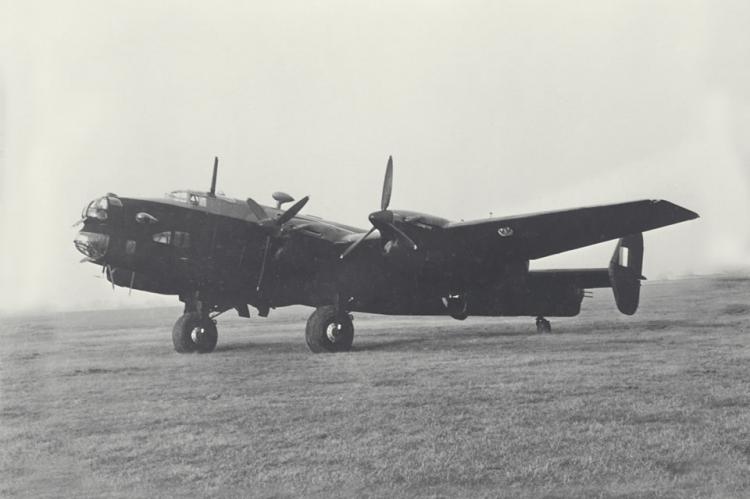WW2 British bomber found in Norwegian fjord
The wreckage of a RAF bomber shot down over orthern Norway during a raid on the German battleship Tirpitz during World War 2 has finally been found 72 years after it went missing.
The Handley Page Halifax was one of the four-engined heavy bombers of the Royal Air Force during the Second World War. A contemporary of the famous Avro Lancaster, the Halifax remained in service until the end of the war, performing a variety of duties in addition to bombing.
Air Chief Marshal Arthur Harris, head of Bomber Command during WW2, was scathing in his criticism of the Halifax's performance compared to the new Avro Lancaster, primarily of its bomb-carrying capability : it was calculated that an average Halifax would drop 100 tons of bombs in its lifetime compared to a Lancaster's 154. The fact that later Hercules-engined Halifaxes had lower loss rates and higher crew survival rates after abandoning the aircraft than Lancasters, and came very close to its speed and altitude performance, did not alter his opinion.
In service with RAF Bomber Command, Halifaxes flew 82,773 operations and dropped 224,207 tons of bombs. 1,833 aircraft were lost.
The Halifax bomber was struck by heavy flak and made a successful crash landing 600ft down a water inlet in northern Norway.
The sunken bomber will be protected as a war grave because of the likelihood of the remains of the two airman still being on board. Four of the six-man crew bailed out into a dingy but nothing was ever seen of navigator, Flight Sergeant Albert Columbine, or wireless operator, Arthur Evans. It is believed they drowned when the bomber went down.
The bomber was part of 35 Squadron and took off from RAF Kinloss on April 28, 1942, to find and sink the Tirpitz, which was the heaviest ship in the world at the time.
Professor Martin Ludvigsen, of the marine technology department at the Norwegian University of Science and Technology, said: "It was a construction company which found the plane initially.
"They didn't realise it was there or what it was. We went to the site and used a remote controlled underwater vehicle which dived to 180 metres.
"It was quite exciting. We could see from the images that it was the Halifax and was in good condition.


